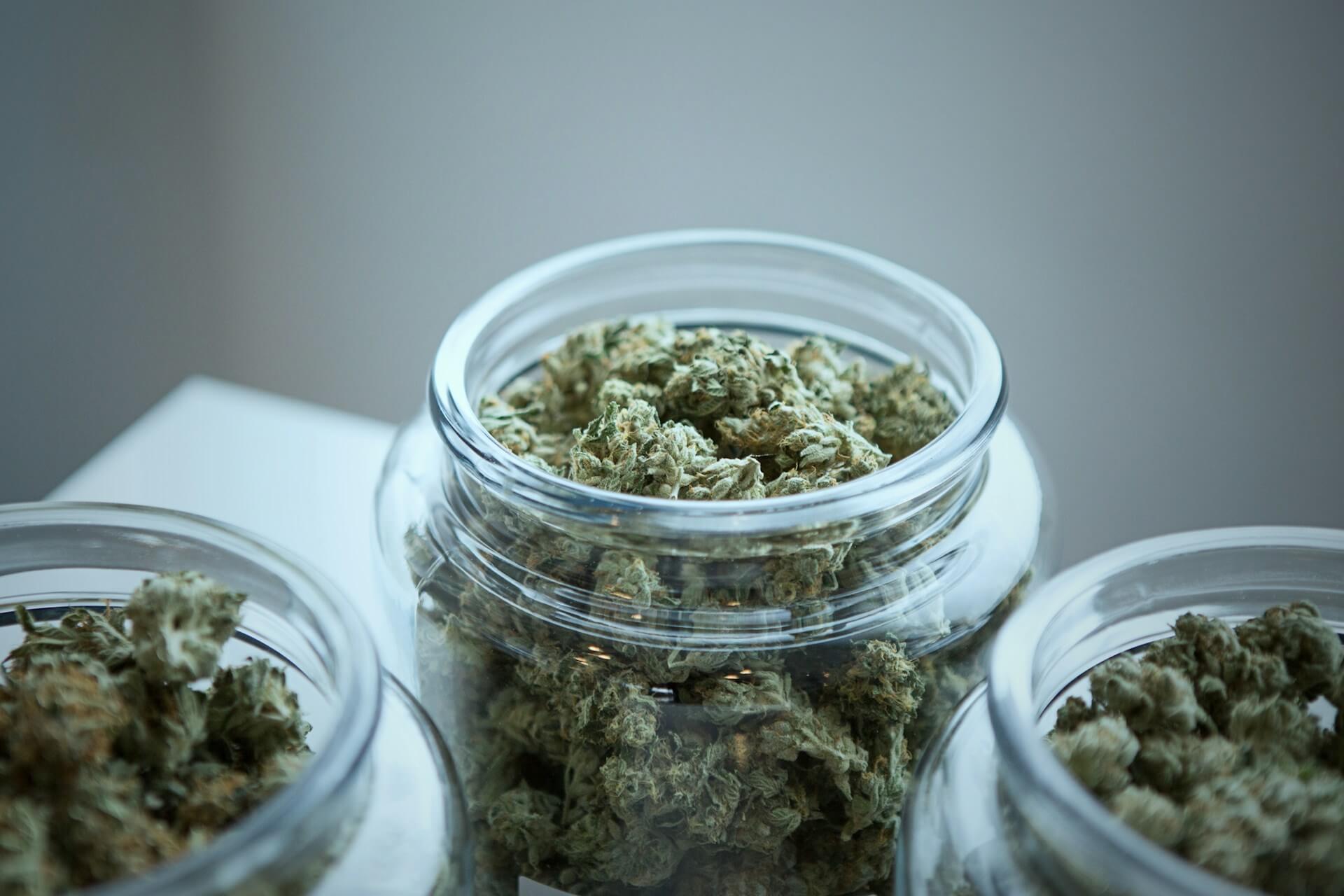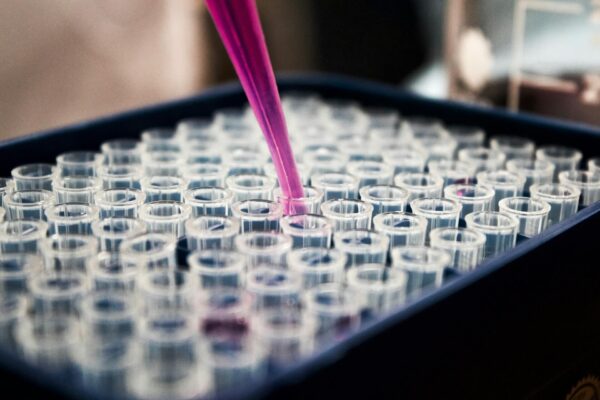Have a question? 06 70 73 89 02
🔞 Not for sale to under 18s
🎄 End of the year = Maximum discounts on ALL products 🎅
Have a question? 06 70 73 89 02

Today we present CBDV, also known as cannabidivarin, a little-known natural cannabinoid that's very close to CBD.
It has not been studied enough, but enough to talk about it. It shows potentially interesting effects on several pathologies: epilepsy, inflammation, neurodevelopmental disorders...
Want to know what CBDV is exactly? What are its potential benefits and side effects? We explain it all in this article, with scientific research to back it up!
Discover our legal CBD derivatives
Cannabidivarin (CBDV) is a secondary cannabinoid naturally present in certain varieties of cannabis. As you may have guessed if you've been following our articles, it's the CBD version of THCV (tetrahydrocannabivarin).
Like THCV, CBDV contributes to the entourage effect, a phenomenon that enhances the effects of cannabinoids and terpenes when consumed with other cannabinoids and terpenes.
But unlike THCV, CBDV can occur in relatively large quantities in nature. It can be found in wild cannabis flowers from northern India and Nepal, as well as in resins from the same regions. Like THCV, CBDV has a more potent twin , CBDP.
From a molecular point of view, CBDV is very close to CBD. There are the same differences between them as between THC and THCV.
The only notable difference is its shorter side chain, which slightly modifies its effects and interaction with the endocannabinoid system.
Like most other cannabinoids, studies are still in the preliminary stages. Although we can't fully explain its mechanisms of action and their variations, we do know enough to briefly explain how it works:
We now know that CBDV, like CBD, has little effect on CB1 receptors, and even less on CB2 receptors. For this reason, these two molecules do not share the psychotropic effects and sensory distortions associated with cannabis and certain synthetic cannabinoids.
Some studies suggest that CBDV interacts at other levels, with other receptors also present in the endocannabinoid system. These include TRPV2 and TRPV1. These receptors are also known as capsaicin receptors.
They can be activated in a variety of ways and, like CB1 and CB2, are involved in the chemical response our body produces to certain stimuli.
Typically, they are the ones activated to produce the perception of pain and heat we feel when we eat chili, if we've been bitten by certain insects or when we use a heating ointment.
This is interesting because these same receptors are involved in inflammatory and metabolic processes, which could make CBDV a potential candidate for certain therapeutic applications.
Researchers are particularly interested in CBDV's potential for managing inflammation, chronic pain and certain neurological conditions.
For the moment, we don't have enough information on CBDV, but it's still better known than many other secondary cannabinoids. Enough, in any case, to provide you with an overview of the scientific studies on the subject:
One of the first studies we're going to tell you about dates back to 2013. In a preliminary study conducted at the University of Reading in England, a group of researchers attempted to examine the anticonvulsant effects of CBD and CBDV on rats and mice [1].
To do this, the researchers carried out randomized studies. Some mice received CBD, others CBDV and a third group CBD + CBDV. The doses and forms in which cannabinoids were administered varied between groups of guinea pigs.
Next, they sought to induce seizures in mice to measure cannabinoid-induced resilience.
The study concluded that CBDV showed significant anticonvulsant effects, but to its surprise, these effects were not linked to the CB1 receptor.
This fact interested the researchers, who continued their research. And the following year, in 2014, a group of Italian researchers were able to explain these effects by proving CBDV's interaction with TRPV receptors[2].
These receptors can "contribute to the onset and progression of certain forms of epilepsy". So, by acting on these same receptors,CBD and CBDV rapidly activate and desensitize these receptors, making the subject less susceptible to this type of seizure.
In 2019, a group of Anglo-American researchers set out to investigate the action of CBDV on autism spectrum disorder (ASD)[3]. This idea came to them after reviewing preclinical studies demonstrating the compound's ability to act on brain inhibitory-excitatory receptors. It turns out that these receptors may also be involved in ASD.
Indeed, some autism spectrum disorders are neurodevelopmental disorders affecting social-emotional communication. The researchers therefore believe that a treatment acting on the brain's inhibitor-exciters during development could prevent some of the communication problems developing in the brains of very young children.
The researchers therefore carried out tests in a double-blind, randomized, crossover design, studying the responses of subjects subjected to CBDV versus a placebo. The study concluded that CBDV did indeed act on the cerebral inhibitory-excitatory pathways involved in ASD. Nevertheless, the responses were not uniform, with a greater or lesser impact depending on the case, as it turned out not to affect the same regions of the brain each time.
The study therefore concluded that CBDV alone could not provide an adequate and safe clinical response to treatment. Nevertheless, it represents a breakthrough in the understanding and treatment of ASD, and calls for further research.

It's not uncommon to read that cannabis and CBD can have positive effects on nausea, particularly that caused by cancer treatments.
And the reverse is also true: there are many articles and testimonials on the fact that cannabis frequently produces a feeling of nausea, particularly among regular users and during bad trips.
This is explained by the fact that CB1 receptors, particularly affected by THC, are themselves the source of nausea when subjected to the right stimuli.
American researchers therefore wondered whether the use of CBDV and THCV could produce this nausea-inducing stimulus, or create an inverse stimulus that could prevent nausea[4].
The study concludes that neither THCV nor CBDV would produce nausea and that, by suppressing gaps in the receptors that are the source of this nausea, both molecules "may have therapeutic potential for reducing nausea."
Finally, the study we found most fascinating: the action of CBDV on Rett syndrome.
Rett syndrome (RTT) is classified as a rare neurodevelopmental disorder, mainly affecting girls during the first 6 to 18 months of life. It causes stagnation in psychomotor development, leading to loss of motor and language skills, as well as cerebral atrophy.
To date, there is no treatment for this disease, but it is known that 95% of cases are caused by mutation of the X gene. We also know that the endocannabinoid system regulates a number of physiological processes which are altered by this disease.
The researchers' aim was therefore to verify whether CBDV, by acting on the endocannabinoid system, could have an interesting therapeutic effect.
For this study[5], researchers administered CBDV to a group of rats affected by RTT for 14 days. And the results were more than encouraging: the researchers were able to observe a recovery in the behavioral and cerebral alterations of the guinea pigs:
"CBDV treatment restored compromised general health, sociability and brain weight in RTT mice. A partial restoration of motor coordination was also observed."
What's more, they also found much higher levels of G protein in the mice's hippocampus, paving the way for a new avenue of research into the treatment of RTT.
Although still largely unknown, CBDV has shown exciting therapeutic potential. In so doing, it has also broadened much of what we know about the endocannabinoid system and its ability to regulate a number of pathologies, while learning more about these pathologies themselves.
Nevertheless, it's important to bear in mind that there are still many grey areas concerning the full extent of its action and mechanisms. It will be many years before we can conclude that CBDV is totally safe and truly therapeutic.
Until then, keep up to date on our blog!